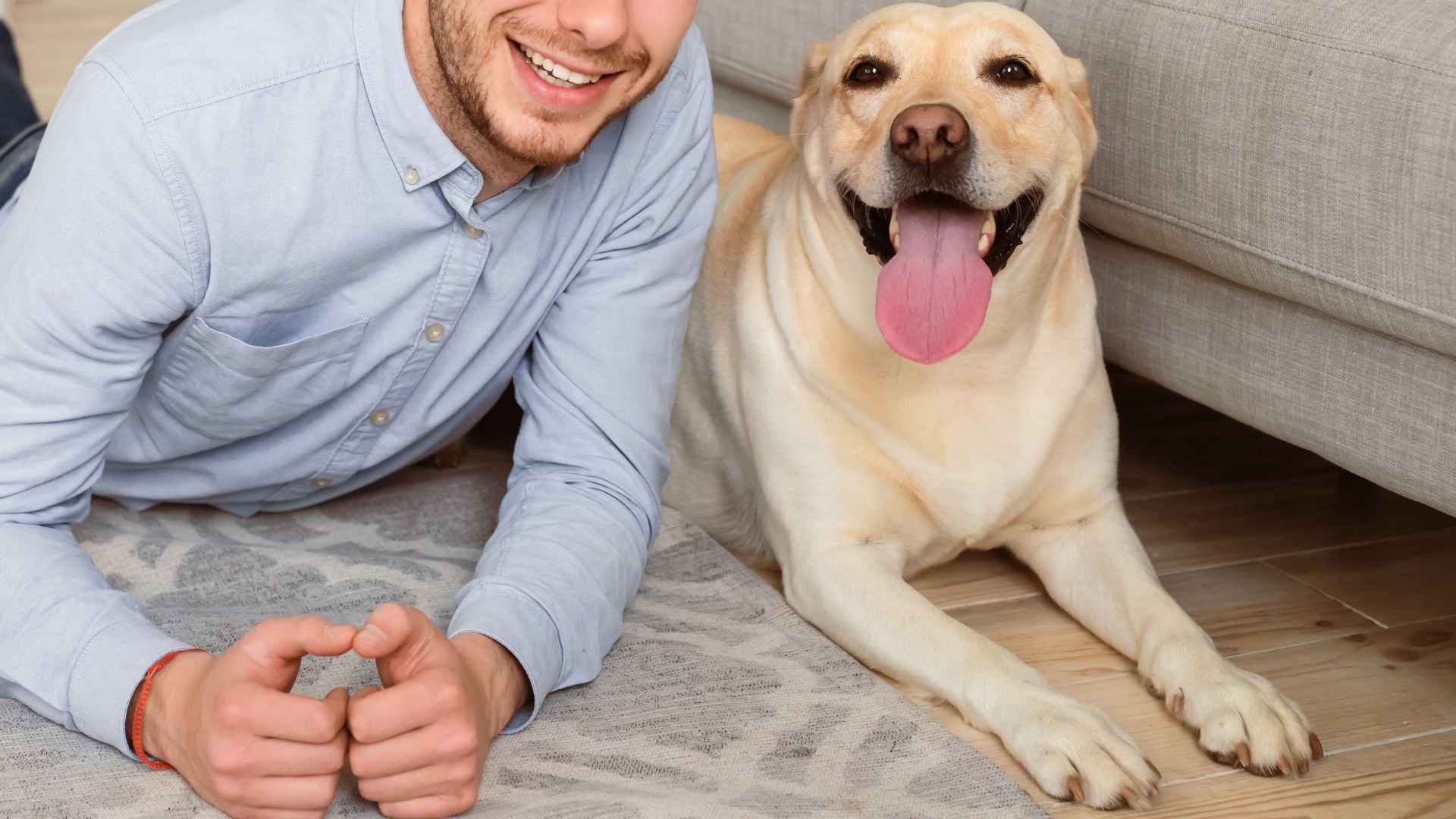Entering your twenties means accepting new freedoms through independent apartment life and career changes while creating your unique path. As you enter your twenties, this is the perfect moment to consider becoming a proud member of the “pet parent” group.
According to the American Kennel Club (AKC), younger adults demonstrate the highest dog ownership rates, with Millennials owning pets at a rate of 33% and Gen Zers showing 25% ownership. Twenty-somethings are discovering the rewarding experience of selecting the right breed, which also teaches them valuable life lessons.
Select a puppy that aligns with your stage of life, including apartment living and work schedules, alongside affordable budgets, to find a companion who mirrors your energy level, gives affection, yet integrates smoothly into your daily routine.
Dog Breeds For Someone In Their 20s
Here are seven dog breeds:
1. Labrador Retriever
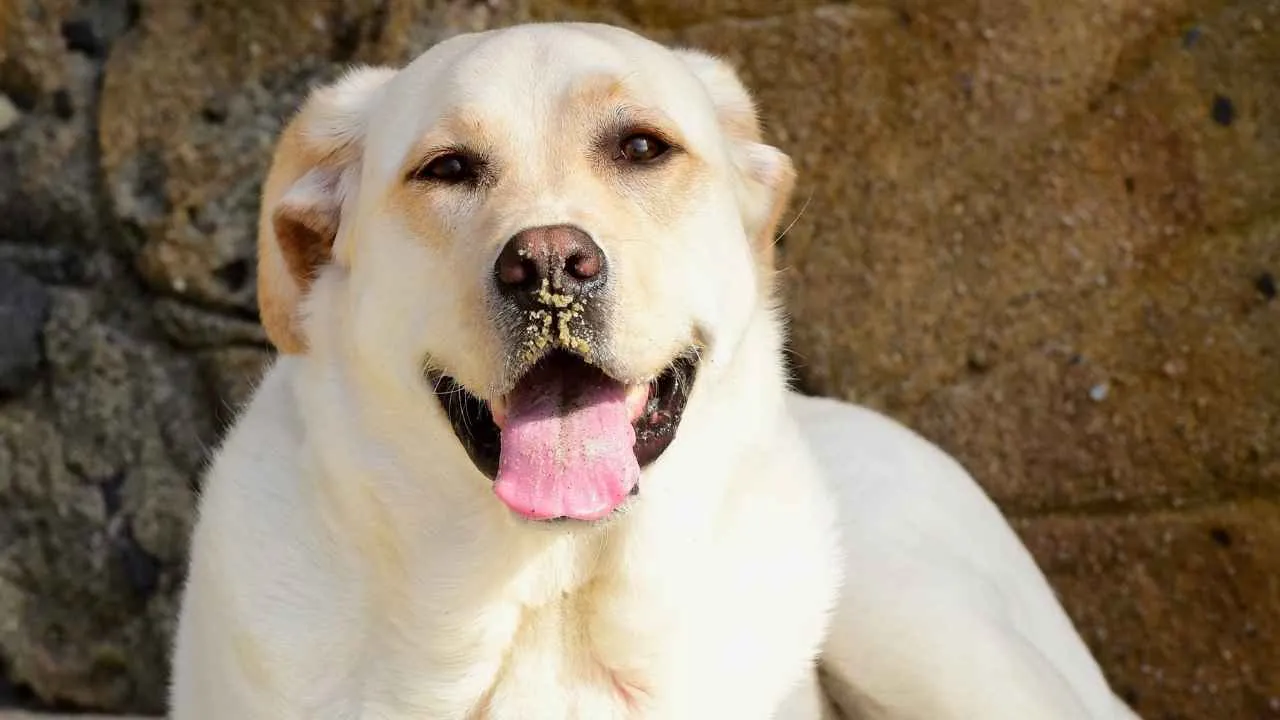
The Labrador retriever is the right dog breed for a 20-something with their constant readiness for adventures. They happily participate in hikes, runs, swims, and neighbourhood walks with you. Labradors’ limitless energy makes them ideal companions for regular exercise. They display exceptional intelligence alongside their desire to make their owners happy.
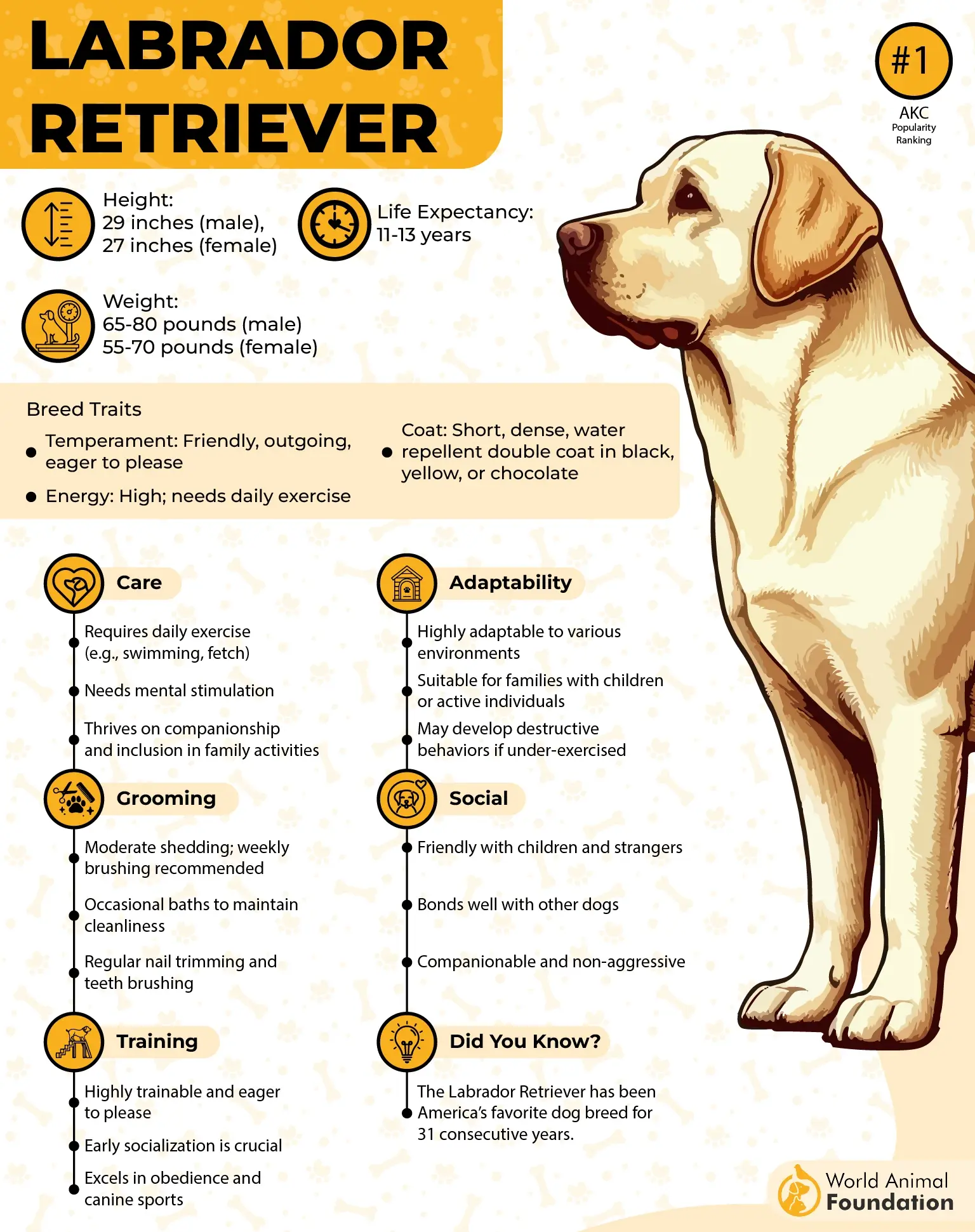
The combination of their eagerness to please and intelligence makes them one of the easiest dog breeds for first-time owners to train. A lab will cheerfully follow commands, but they may include an unexpected humorous element. Training Labs becomes effortless because these dogs respond well to food rewards.
2. Australian Shepherd
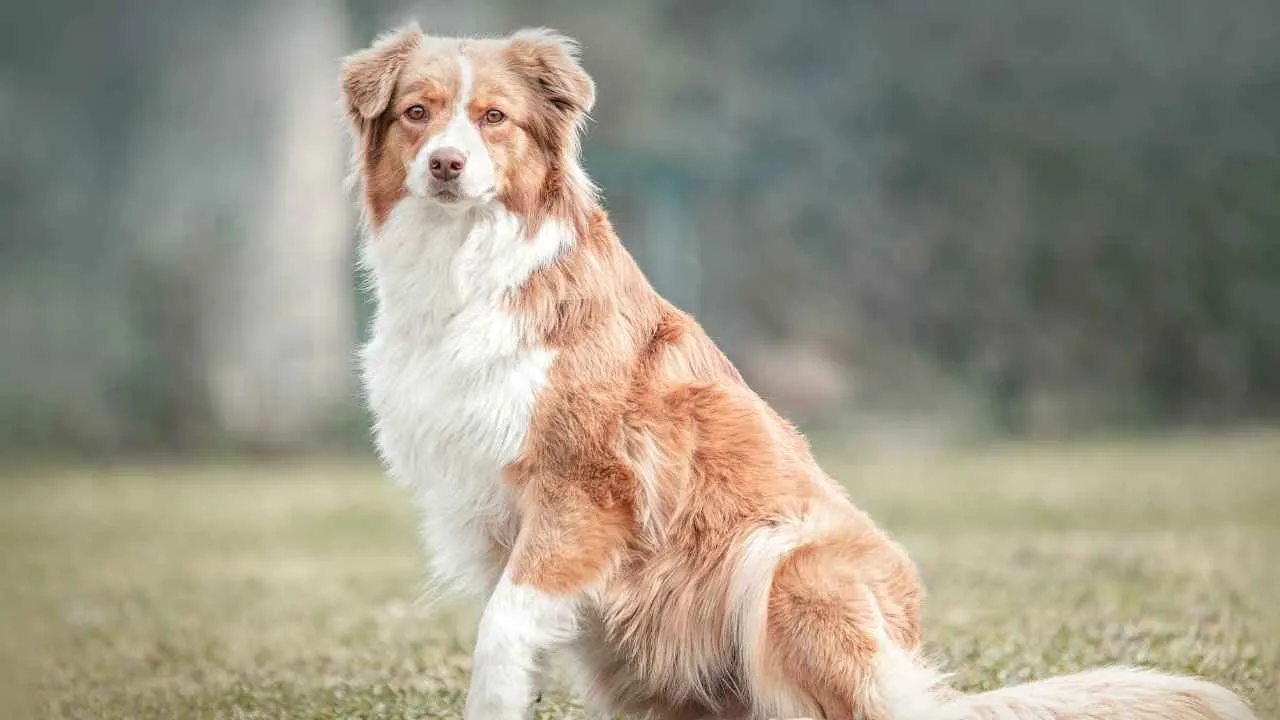
Active young adults find Australian Shepherds to be their ideal companions. Aussies thrive on mental stimulation. Their exceptional intelligence enables them to learn training tricks quickly, including agility courses and advanced commands, as well as figure out how to open cabinet doors. Aussies are the ideal choice for those who appreciate having a loyal and affectionate pet companion.
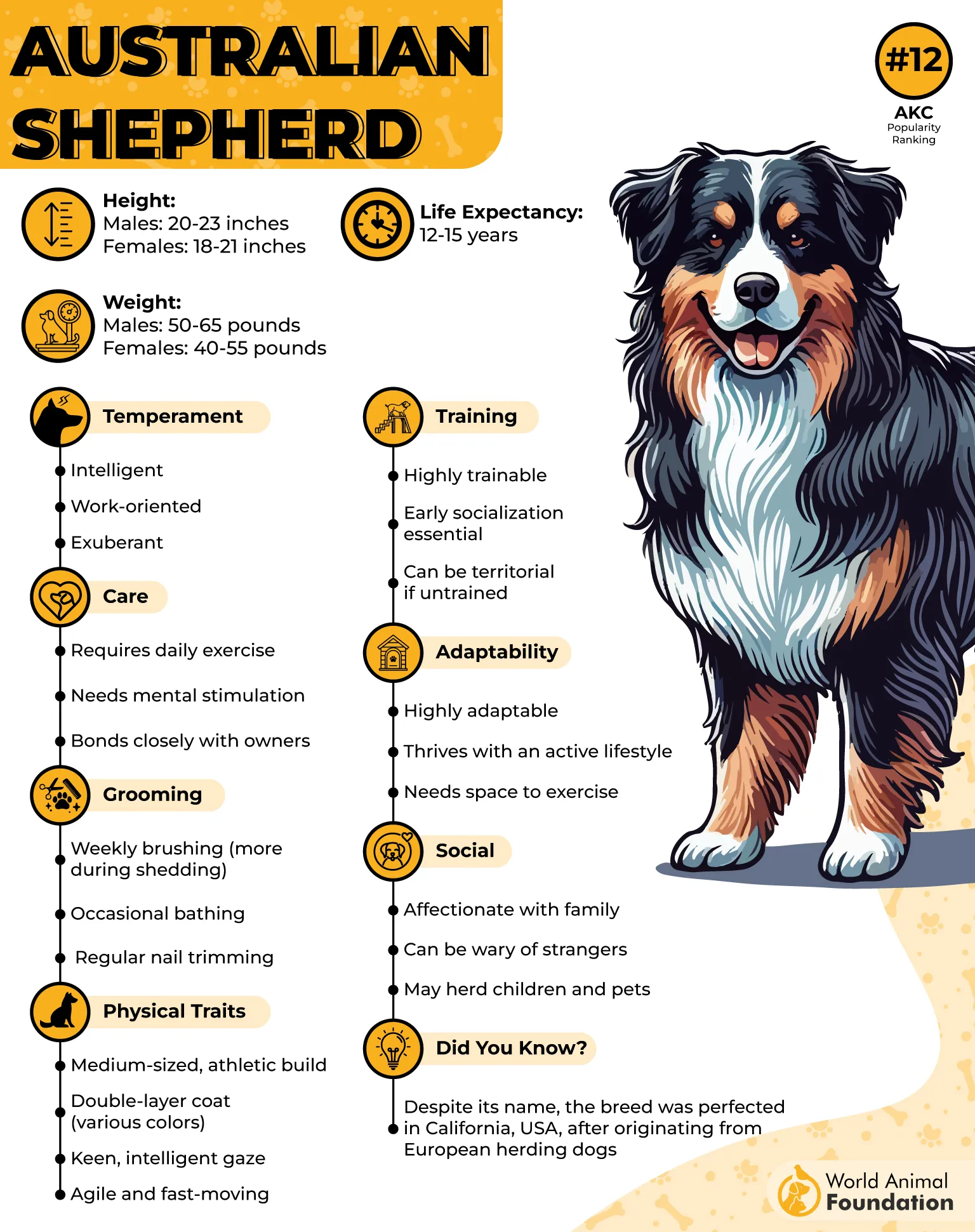
Aussies have earned the nickname “Velcro dogs” because they stay very close to their owners. An Australian Shepherd will remain close to you regardless of whether you are working at your desk or resting on the couch. They exhibit numerous coat colors, including merle, tricolor, and bicolor, with eye patterns of brown, blue, or marble, which create a lively masterpiece effect.
3. Golden Retriever

Golden Retrievers are like walking pick-me-ups. Their sunny and friendly personalities guarantee they will uplift any day with their joyful presence. They act as personal sources of joy, demonstrating their happiness through wagging tails. Because Golden Retrievers maintain great patience with toddlers, they make excellent companions for kids, while their playful nature entertains older children.
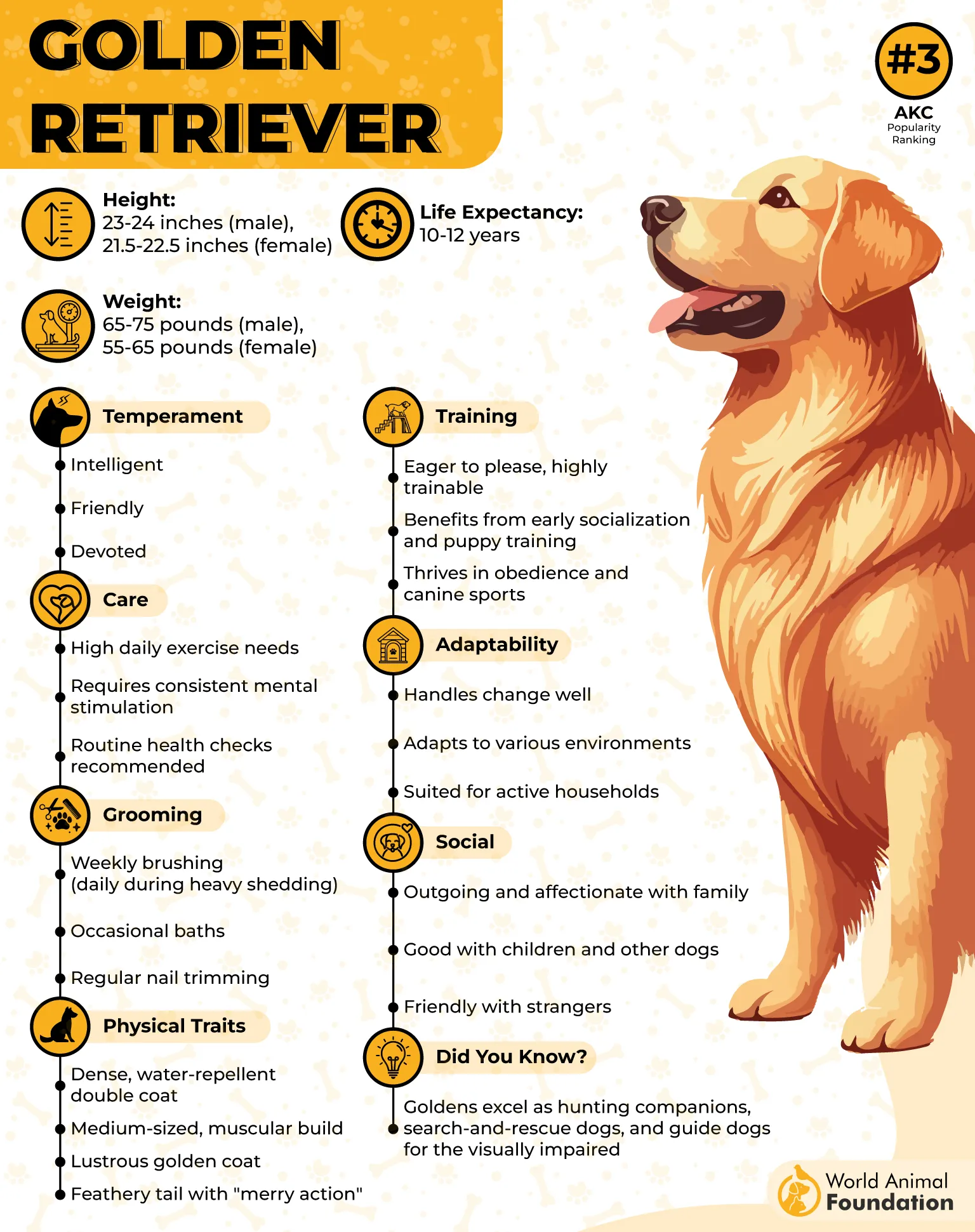
They demonstrate empathetic behavior while also showing an ability to recognize emotional states. According to PetMD, their selection as therapy and service dogs makes perfect sense. They maintain their playful puppy-like characteristics throughout their entire lifespan.
4. Cavalier King Charles Spaniel
The Cavalier King Charles spaniel represents true canine nobility. These dogs bear the name of King Charles of England because he loved the breed, which spent their time resting on royal laps inside castles and travelling in royal carriages.
Cavaliers would win gold in an Olympic lap-sitting competition. These small dogs find their greatest joy when they snuggle close and become perfect partners for movie nights.
Cavaliers are affection magnets. These dogs are well-suited to humans and show great affection, making them ideal for young adults who desire a devoted and loving pet. The pups seamlessly adapt to various environments, whether they live in busy urban apartments or suburban cottages. These dogs can adapt to nearly any situation.
5. Pug
Despite their tiny stature, Pugs feature huge personalities. Their playful antics and funny nature make these tiny dogs excellent companions for entertainment. The wrinkles on their faces, combined with their large, round eyes, give them highly expressive faces among all dog breeds.
Their expressive faces make it impossible to misread their emotions. Although Pugs love cuddles and companionship, they require minimal grooming. The short coats of these dogs require basic maintenance, and a brief brushing keeps their fur shiny.
Training Pugs becomes effortless because they respond very well to food rewards. Avoid overfeeding, as Pugs can gain weight rapidly.
6. Greyhound
Greyhounds take first place as the fastest dog breed on Earth. These canine athletes achieve speeds of up to 45 miles per hour, making them the Usain Bolts of the dog kingdom.
They maintain an athletic reputation, but they remain incredibly relaxed. Their nickname, “40 mph couch potatoes”, comes from their habit of becoming hours of lounging after a brief burst of energy.
They can adjust to various living arrangements, whether you own a large house or a small apartment. They display unexpected low-energy behavior for their large size and prefer relaxing on soft surfaces for their naps.
According to WebMD, they resemble runway models due to their sleek, narrow frames and extended legs. Their movements show a striking elegance that commands attention.
7. Dachshund
People named the long-bodied dogs with short legs “hot dogs” before hot dogs became known as a type of snack. These puppies demonstrate courageous behaviour and energetic personality, even though they remain small in size. By always being visible, Dachshunds win over hearts in parks and assert their presence during home shows with confidence.
They originated in Germany as specialised dogs for badger hunting, which resulted in their inherent exploratory skills. Since their personalities combine fearlessness with curiosity, they turn every walk into an exciting adventure. Every dog lover can find their perfect match, as there is a Dachshund style to suit each preference.
Potential owners have a variety of coat colour options to choose from, as they display patterns ranging from dappled to solid red. Because of their droopy ears and emotional eyes, they act like performers in the dog Kingdom.
Conclusion
Selecting a dog breed during your 20s extends beyond lifestyle decisions, as it represents a commitment to forming lasting bonds while supporting mutual growth and creating shared memories. Young adults encounter life changes and new responsibilities during this stage. At the same time, they explore fresh opportunities, which means it’s vital to establish an optimal routine that accommodates both human and canine needs.
Certain breeds excel for this journey because they combine the perfect balance of loving behaviour with intelligence and adaptive capabilities. These great companions excel at bringing joy through their willingness to interact and their love of active play while fostering their owners’ best qualities through routine exercise and training backed by love.


